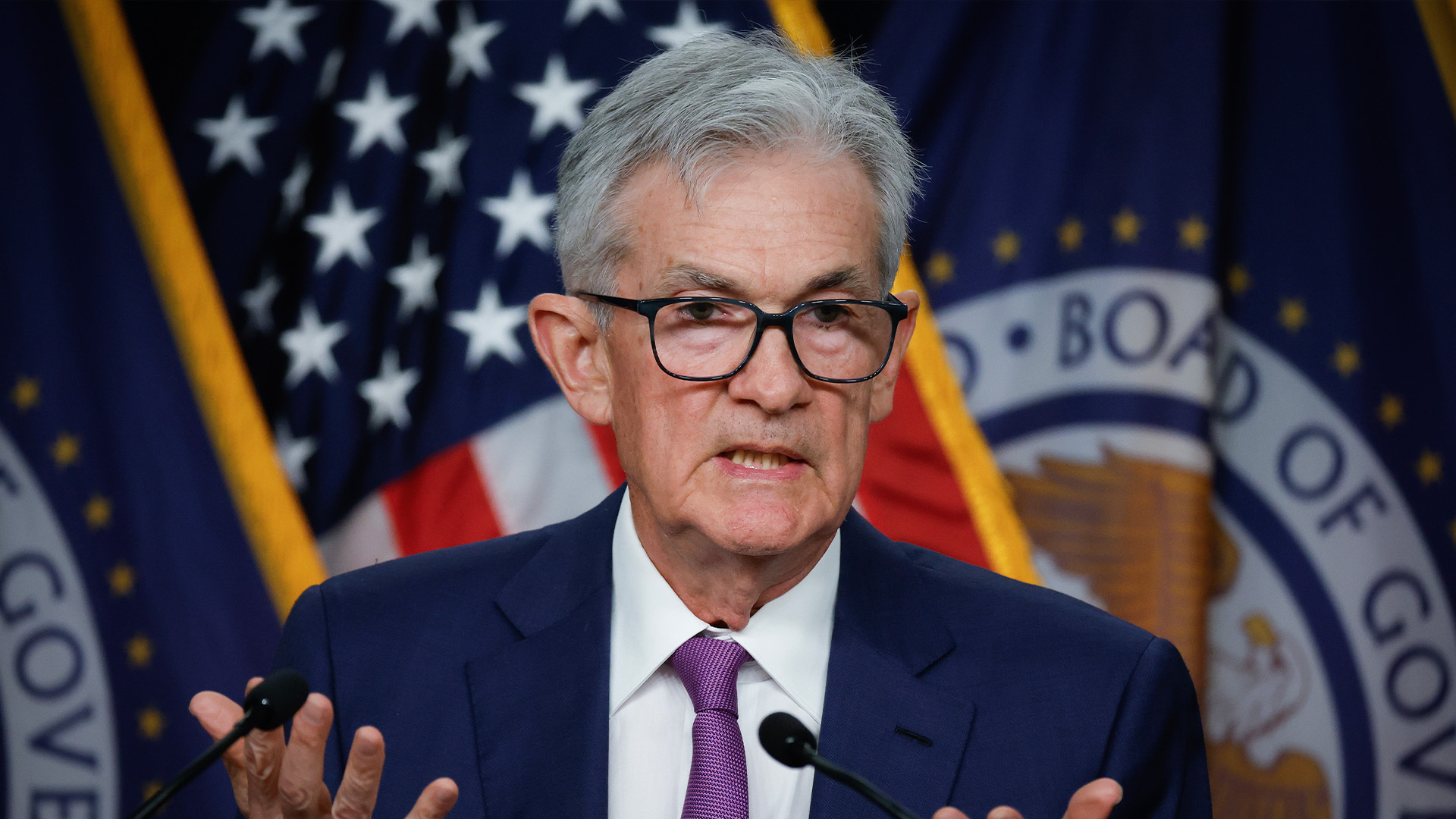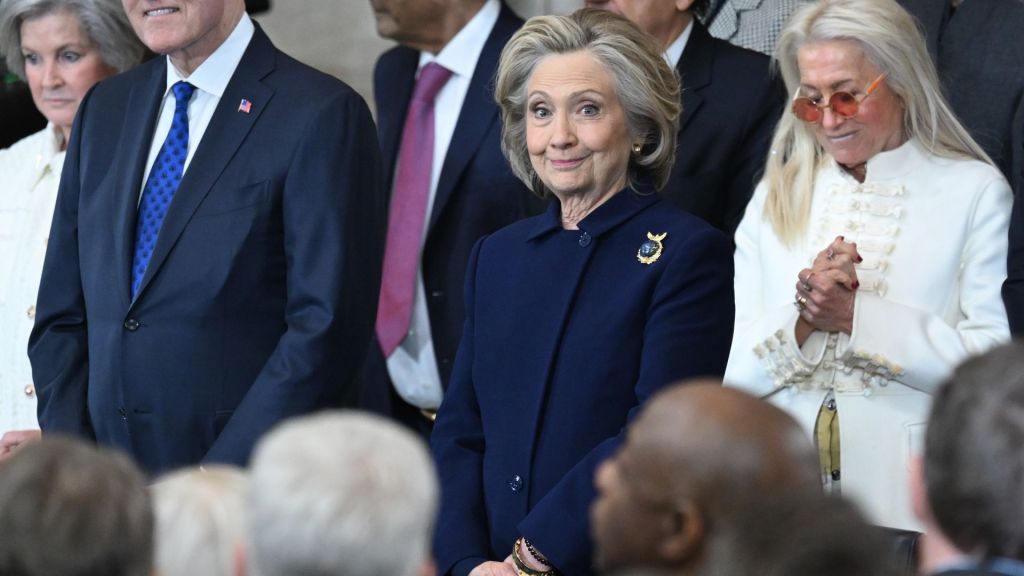
SIMONE DEL ROSARIO:
There’s just been so much conversation about how much the Fed is going to cut, people are throwing out 75 basis points. This inflation report does not point to that.
KATHLEEN HAYS:
Oh, heavens, I don’t think anything pointed to a 75 basis point emergency rate cut, because [the] stock market had a big decline. And then the yen carry trade blew up after the BOJ made its rate hike. That was not entirely expected, so they all fed together. It was a confluence of forces. And one of the people I spoke to said that these calls for 50 basis point cuts, even 75 basis points, kind of smacked of investor entitlement. ‘Oh, if things are going bad, going against, the Fed has to hop in and do something.’ So I think 75 basis points was more out of that ruckus, that big stock market carnage, if you will.
In terms of the numbers, it seems to me the Fed is moving slowly. Mickey Bowman, from the Board of Governors, in the last few days said she’s not convinced it’s time to cut yet. She thinks the labor market still looks pretty strong. Raphael Bostic, who’s president of the Atlanta Fed in the last couple of days, said he’s sure they cut rates by the end of the year, but he doesn’t think they’re necessarily there yet. Mary Daly, President of the San Francisco Fed saying that she does think they’re going to need to cut in the last part of the year. It’s just a question now of when they start and how much they do. Does that mean they’re going to do 50 basis point cuts, doesn’t the more cautious, gradual. 25 basis point cut get you there? If suddenly the labor market starts looking a lot weaker, then you could say that could mean they would speed things up. But even Austin Goolsbee, President Chicago Fed, who’s one of the more dovish people on the Federal Open Markets Committee, still says, yes they need to cut. Policy is restrictive, and there’s a concern if they wait too long the labor market will really start weakening
SIMONE DEL ROSARIO:
Everybody was really targeting September, until that jobs report came out, and then it was like, ‘Oh my gosh. Why didn’t the Fed cut in July?’
We’re looking at a Fed that has been incredibly cautious, that said, we do have quite a bit of data between now and September. What does that jobs report in less than a month look like for the Fed to have more urgency? Do you think it’s going to be another bad jobs report? Or do you think that’s going to stabilize a little bit?
KATHLEEN HAYS:
Well, jobless claims just came back down to 233,000 and I think what’s very important, I don’t know if everybody, focused on the BLS, Bureau of Labor Statistics, had a very important number that they sort of downplayed in that report. We know that the unemployment rate jumped up to 4.3% from 4.1% And it wasn’t because necessarily people were losing jobs. It was because more people were coming into the labor force again. And when you start looking for a job and you don’t have one yet, you’re counted as unemployed. I think even more important is the fact that the number of people who could not go to work because of weather, and that’s a category in the BLS numbers, was up over something like 460,000 in July that month, usually averages about 40,000. So many people have looked at that and said, ‘Hmm, maybe that’s one of the reasons… That was the week of the hurricane, right? That we got that jump in unemployment. Maybe that affected payrolls. We don’t know for sure.’ But I think that’s one of the things that will be very interesting to see. Does the labor market, via the next jobs report look like? Yeah, it’s not, as some would say, normalizing. As former St Louis Fed President, Jim Bullard, said to me recently he thinks you’re getting more to the natural rate of unemployment, the 3% employment, when it got that low was kind of abnormal, right? And this is now more of a normal rate of unemployment. He’s convinced that the Fed will do 25 basis points in September. And remember, he was calling for that at the beginning of the year. He thinks they need to get less restrictive, and they can do it gradually. So, you know, John Taylor told me, Taylor rule, John Taylor from Hoover, from Stanford University, that he thinks the funds rate needs to get down to about… According to his rule, the Taylor rule, to about four and a half percent, maybe 4% and they could do that with what, 2 25, basis points cuts and a 50 basis point cut. But that July weakness in the labor market is going to have to be verified by the August report. If it isn’t, it seems to me that’s going to be the perfect opportunity for them to say, ‘yes, we know we can start cutting now we can start normalizing. But 25 basis points at a time is enough?’
SIMONE DEL ROSARIO:
Is there any chance that they don’t cut? Let’s say to your point, we get the next jobs report, and it has normalized, and this last month was a fluke, then you get another inflation report like this. Is it convincing?
KATHLEEN HAYS:
I think my bet would be that they’d have to see another inflation report that is not as good as this one. Okay, that yes, this one made some progress on the headline. You can look at the monthly numbers as well. I think it would take something that looks like it’s pushing inflation back up again for them not to cut now. The doors wide open, but thank goodness you’ve got Jay Powell at Jackson Hole next week and giving his all important Friday opens up that whole Kansas City Fed Symposium conference Friday morning. This is his opportunity to send us a clear message on some aspect of what the Fed is thinking about. He doesn’t have to do that. I don’t think it’s going to be just looking at the economy and inflation. He’ll probably put this in a bigger context. At the same time I think people are going to be waiting for him to just give us a little more guidance on where you’re leaning now.











